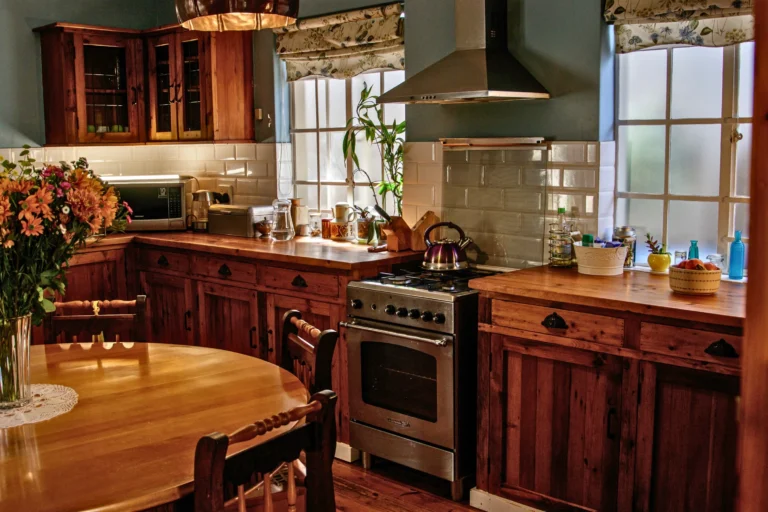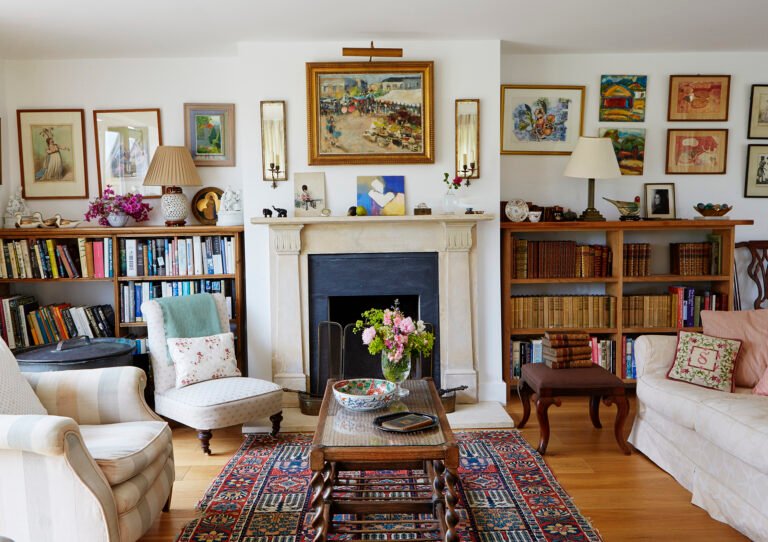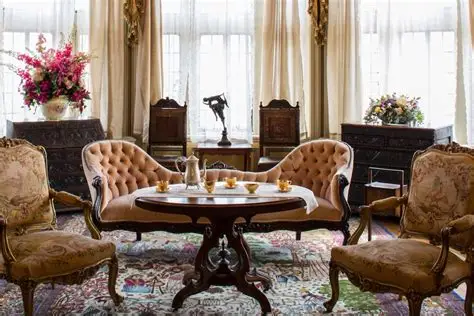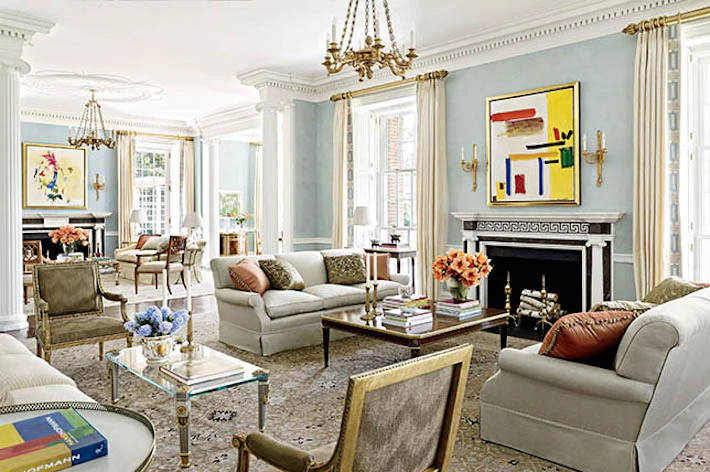
Antique Furniture vs. Modern Furniture Styles
When choosing furniture for your home, the decision between antique furniture and modern furniture styles can be tough. Both styles offer unique qualities that can completely transform a room. While antique furniture adds history and elegance, modern furniture focuses on sleek design and practicality. Understanding these differences will help you make the right choice for your space. Let’s explore the key differences between antique furniture and modern furniture, looking at craftsmanship, aesthetics, functionality, and durability.
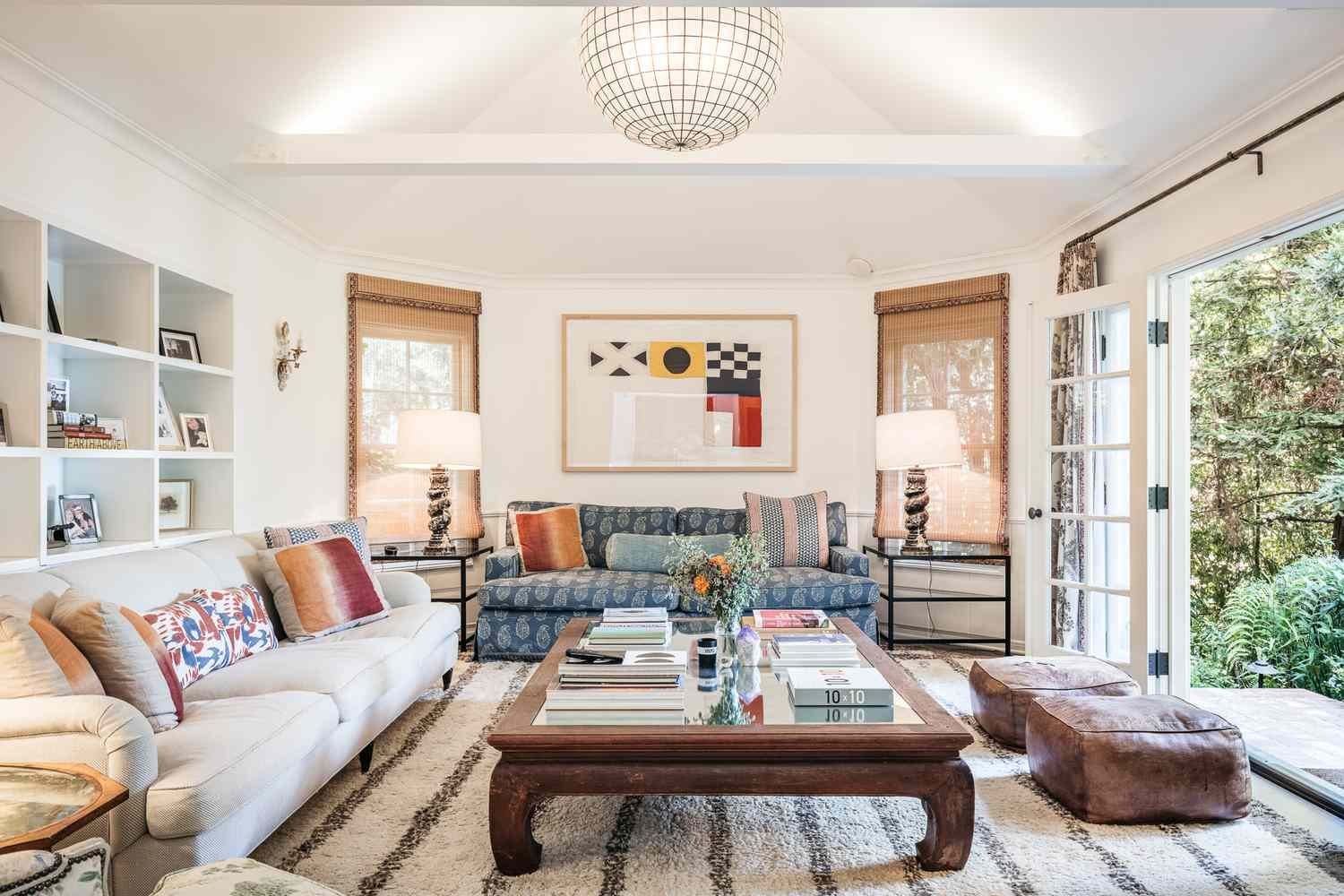
What Defines Antique Furniture?
Antique furniture typically refers to pieces that are over 100 years old. These pieces are valued for their craftsmanship, materials, and historical significance. Often hand-carved or hand-crafted, antique furniture carries the charm of past eras. It’s not just about looks but also the history embedded in each piece.
Craftsmanship and Detail
One of the standout qualities of antique furniture is its attention to detail. Craftsmen of the past often spent countless hours creating intricate designs. You’ll find elaborate carvings, inlays, and ornate hardware. These details make each piece a unique work of art.
-
Example: A Victorian-era cabinet might have floral carvings and brass handles, adding a sense of grandeur to the room.
-
Tip: Look for high-quality materials, such as solid wood and brass, to ensure that you’re investing in a truly antique piece.
Timeless Appeal
Antique furniture also has a timeless, classic appeal. It can add elegance to both traditional and modern interiors. The materials used in antiques, like rich woods and brass, provide a sense of luxury that never goes out of style.
-
Example: A solid oak antique desk adds sophistication and warmth to a home office, even in a contemporary setting.
-
Tip: Pair antique pieces with modern décor for a stylish contrast. This creates a dynamic and layered look in your home.
What Defines Modern Furniture?
Modern furniture is defined by its clean lines, minimalism, and functionality. Emerging in the early 20th century, this style rejected ornate details in favor of simplicity and form. Modern furniture embraces materials such as metal, glass, and molded plastics, all designed to be both practical and aesthetically pleasing.
Clean, Minimalist Design
Modern furniture emphasizes simplicity and clean lines. It avoids heavy ornamentation, creating a sleek, uncluttered look. The focus is on functional design, often with multi-purpose features.
-
Example: A modern sofa has a straight, simple design with smooth fabric that fits seamlessly into a contemporary living room.
-
Tip: Look for pieces that focus on function—like a modern dining table that doubles as a workspace.
Focus on Innovation and Materials
Modern furniture uses innovative materials like molded plywood, stainless steel, and glass. These materials allow for greater design flexibility and are often lighter and more durable than traditional materials.
-
Example: A modern coffee table made of tempered glass and steel offers a contemporary touch to your living room.
-
Tip: Choose materials that complement your lifestyle. If you need durability, opt for materials like metal or engineered wood.
Comparing Aesthetic Appeal: Antique vs. Modern
Both antique and modern furniture have distinct aesthetic appeals. While antique furniture brings character, elegance, and nostalgia, modern furniture offers sleek, stylish simplicity.
Antique Furniture Aesthetics
Antique furniture brings a sense of history and charm. It often features intricate designs, rich wood finishes, and classic styling. Antique pieces are perfect for creating a cozy, luxurious atmosphere in any room.
-
Example: A 19th-century French armchair adds both sophistication and warmth to a room with its plush upholstery and carved wood frame.
-
Tip: Pair antiques with soft lighting and vintage accessories to create a cozy, timeless vibe.
Modern Furniture Aesthetics
Modern furniture is clean, functional, and often minimalist. Its geometric shapes and simple designs fit perfectly into open, airy spaces. If you prefer a sleek, less cluttered environment, modern furniture is ideal.
-
Example: A modern dining table with a glass top and metal legs adds a contemporary feel to your space, without overwhelming the room.
-
Tip: Stick to neutral colors and minimal accessories for a cohesive modern look.
Functionality and Practicality
Functionality is a key difference between antique and modern furniture. While antique furniture often prioritizes style and craftsmanship, modern furniture is designed with everyday use and practicality in mind.
Antique Furniture Functionality
While beautiful, antique furniture may not always be as functional as modern pieces. For example, many antique tables have narrow drawers, and antique chairs may not offer the same comfort as modern seating.
-
Example: An antique writing desk may have small compartments, but it could lack the storage space you need in a modern home office.
-
Tip: Ensure the functionality meets your needs. Antique furniture is more about style than convenience, so it may require careful consideration.
Modern Furniture Functionality
Modern furniture, on the other hand, is often designed with multi-functional features. Modular sofas, extendable tables, and storage ottomans are common in modern designs. These pieces can adapt to various uses, making them perfect for modern living.
-
Example: A sectional sofa with built-in storage or a dining table that converts into a workspace adds functionality without sacrificing style.
-
Tip: Look for modern furniture that is versatile and space-saving, especially if you have a smaller home or apartment.
Durability: Antique vs. Modern
Durability is an important factor to consider when choosing furniture. While both antique and modern furniture can last a long time, the materials and construction methods differ significantly.
Durability of Antique Furniture
Antique furniture is often made from solid wood and other high-quality materials, meaning it can last for generations if well-maintained. However, its age can sometimes make it more fragile and prone to damage, so regular care is necessary.
-
Example: An antique chest made of solid oak will last for decades, but it might need refinishing or repair to maintain its appearance.
-
Tip: Regularly inspect and care for antique furniture to keep it in good condition. Consider hiring a professional to restore or maintain delicate pieces.
Durability of Modern Furniture
Modern furniture tends to use newer, more affordable materials such as plywood, MDF, and plastic. While these materials may not have the same longevity as solid wood, modern furniture is often designed for easy maintenance and durability in everyday use.
-
Example: A modern sofa made from high-density foam and fabric may be more resistant to wear and tear than an antique upholstered chair.
-
Tip: To ensure modern furniture’s durability, invest in high-quality materials. Look for well-constructed pieces with reinforced joints and durable upholstery.
Conclusion
In the debate between antique furniture vs modern furniture styles, both have their merits. Antique furniture brings a sense of history, craftsmanship, and timeless beauty, perfect for those who appreciate tradition and elegance. Modern furniture, on the other hand, offers clean lines, functionality, and innovation, making it ideal for contemporary living spaces.
Ultimately, your choice depends on your home’s style, your lifestyle needs, and your personal preference. You don’t have to choose just one—mixing and matching antique and modern pieces can create a balanced and visually exciting interior. Whatever you choose, both styles bring something unique and valuable to the table.

